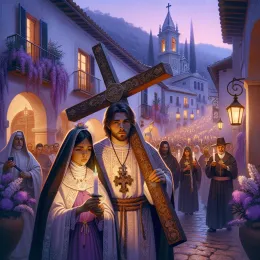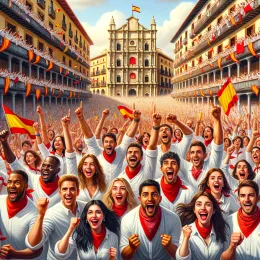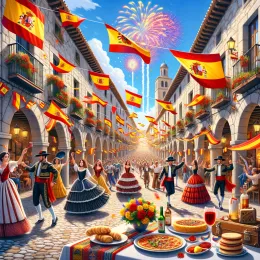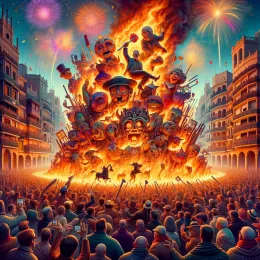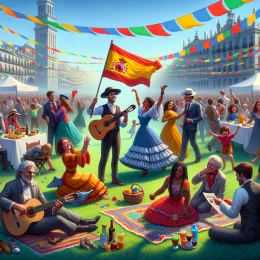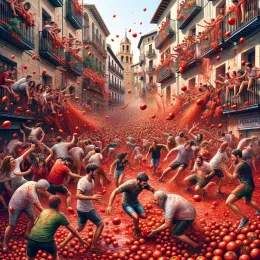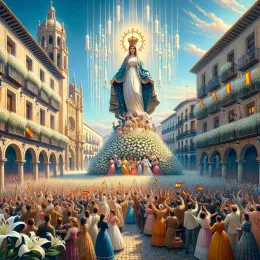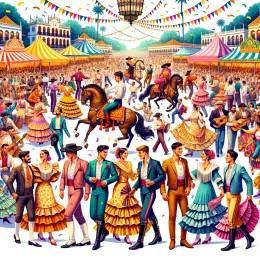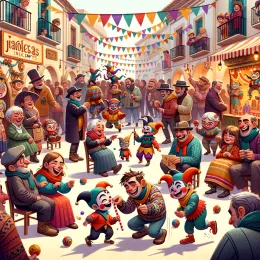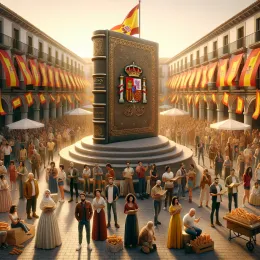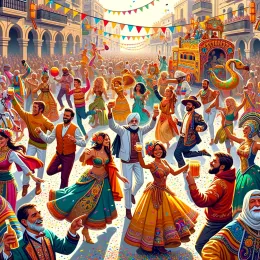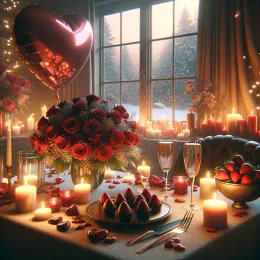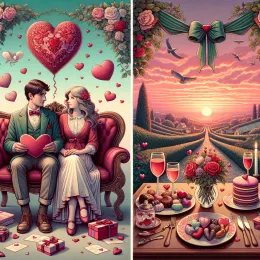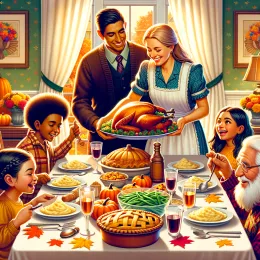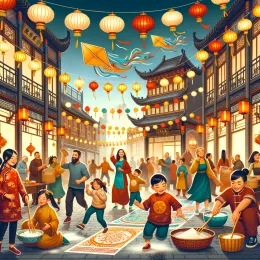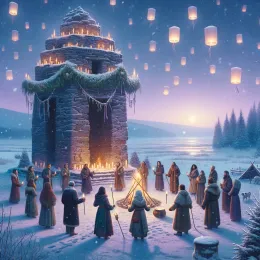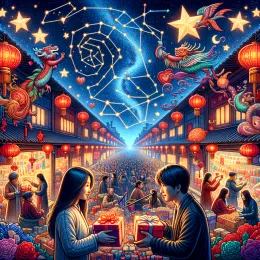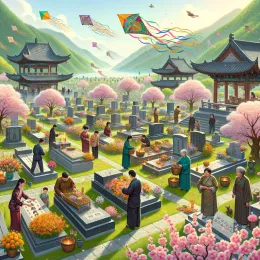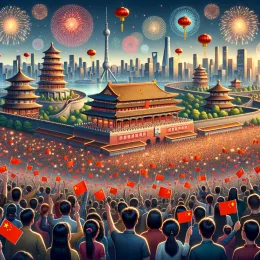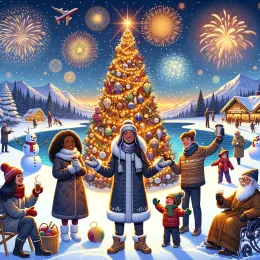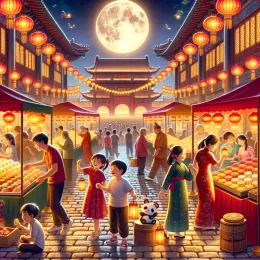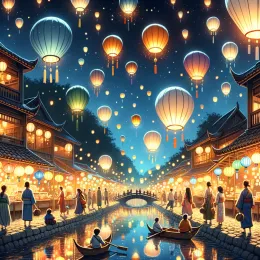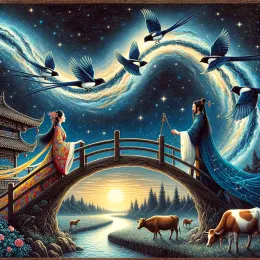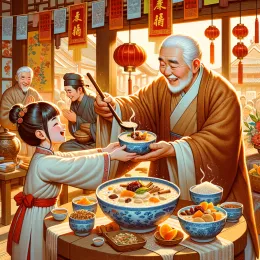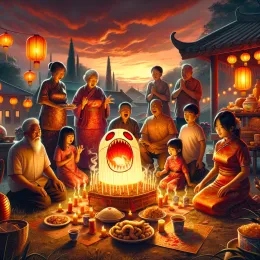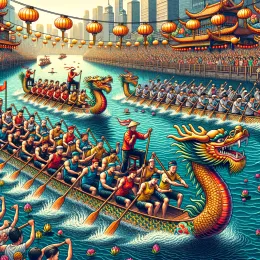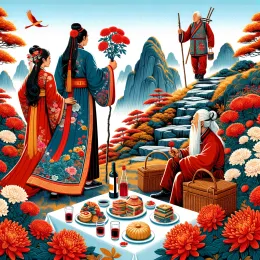How Different Cultures Celebrate the New Year Around the World
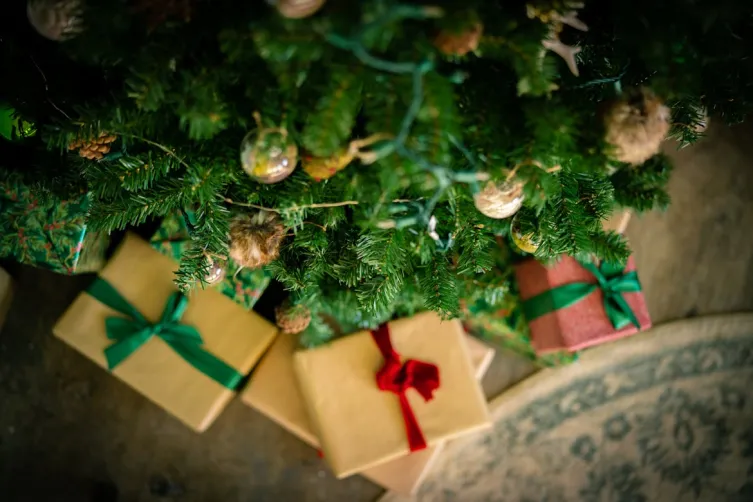
Exploring Global Traditions: Welcoming the New Year in Unique Ways
The arrival of a new year is a moment of collective hope and renewal shared by cultures worldwide. While the Gregorian calendar marks January 1st as the beginning of the year for most countries, the ways in which people celebrate this transition vary dramatically. These celebrations are deeply rooted in cultural values, historical contexts, and spiritual beliefs, reflecting the diversity of human experience. From fireworks lighting up the night skies to quiet family rituals, the customs surrounding the New Year offer fascinating insights into how societies embrace change and express optimism for the future.
East Asia: Symbolism and Family Unity
In countries like China, Korea, and Vietnam, the Lunar New Year, often referred to as the Spring Festival, is the most significant celebration of the year. This period is marked by elaborate rituals designed to bring prosperity, health, and happiness.
Chinese New Year Traditions
Chinese New Year is famous for its vibrant dragon dances, red envelopes filled with money, and the use of red decorations meant to ward off evil spirits. Families gather for a reunion dinner on New Year’s Eve, emphasizing the importance of kinship and harmony. The festival lasts for 15 days, culminating in the Lantern Festival, when people light lanterns to symbolize the illumination of the future.
Korean Seollal
Seollal is the Korean Lunar New Year, celebrated with ancestral rites called Charye, where family members honor their forebears. Traditional games, such as Yutnori, and special foods like tteokguk (rice cake soup) are enjoyed. Eating tteokguk signifies aging a year and gaining wisdom, underlining the cultural importance placed on growth and respect for elders.
Vietnamese Tet Festival
The Vietnamese Tet is a time for cleansing and renewal. Homes are cleaned to sweep away bad luck, and offerings are made at family altars. The first visitor of the year is believed to bring either good or bad fortune, so families carefully select who will enter their homes first. The festivities also include lion dances and fireworks to drive away evil spirits.
Europe: A Blend of Ancient and Modern Customs
Europe’s New Year celebrations exhibit a mixture of ancient folklore and contemporary festivities. These traditions often blend communal gatherings with symbolic acts intended to secure good fortune for the year ahead.
Scotland’s Hogmanay
In Scotland, Hogmanay is the primary New Year celebration, characterized by torchlight processions, street parties, and the singing of “Auld Lang Syne.” The tradition of “first-footing” involves being the first person to cross a friend’s threshold after midnight, bringing symbolic gifts like coal or whiskey to ensure warmth and prosperity.
Spain’s Twelve Grapes
In Spain, it is customary to eat twelve grapes at the stroke of midnight, one for each chime of the clock. Each grape represents good luck for a month of the coming year. This practice is both a joyful and slightly challenging ritual, requiring quick reflexes and focus, and is often shared among friends and family.

Americas: Festive and Reflective Moments
Across North and South America, New Year celebrations range from exuberant public parties to intimate family gatherings, often incorporating indigenous and colonial influences.
Brazil’s New Year on the Beach
In Brazil, the New Year is celebrated with lively beach gatherings, particularly in Rio de Janeiro. People dress in white to symbolize peace and renewal and jump over seven waves, making a wish with each leap. Offerings to Yemanjá, the goddess of the sea, are also common, reflecting the syncretism of African and Catholic traditions.
United States and Canada: Fireworks and Resolutions
In the United States and Canada, the New Year is often marked by large public events, such as the famous ball drop in Times Square, New York City. Fireworks, parties, and countdowns are central to the festivities. Additionally, the practice of making New Year’s resolutions is widespread, emphasizing personal growth and self-improvement.
Middle East: Spiritual Reflection and Festivity
In many Middle Eastern cultures, the New Year is observed according to the Islamic lunar calendar, marking the beginning of Muharram. The celebrations here tend to be more spiritual and reflective.
Islamic New Year
The Islamic New Year, also known as Hijri New Year, commemorates the migration of the Prophet Muhammad from Mecca to Medina. While not celebrated with the same fanfare as other New Year events globally, it is a time for prayer, reflection, and community gatherings. Some cultures hold special meals and recitations of the Quran to mark the occasion.
African Traditions: Connecting with Ancestors and Nature
African New Year celebrations often emphasize a connection to ancestors, nature, and the community. These practices vary widely across the continent, reflecting its rich cultural tapestry.
Yoruba New Year in Nigeria
Among the Yoruba people, the New Year coincides with the festival of Ifa, dedicated to the deity of wisdom and divination. Rituals include offerings, drumming, and dancing to honor the divine and seek guidance for the coming year. Community participation is central, reinforcing social bonds and cultural identity.

Ethiopian Enkutatash
In Ethiopia, the New Year, called Enkutatash, falls in September according to the Ethiopian calendar. The holiday includes church services, family meals, and the exchange of gifts, particularly flowers. It marks the end of the rainy season and the beginning of a new cycle of growth and abundance.
Oceania: Celebrating Nature and Community
In the Pacific Islands and Australia, New Year celebrations often integrate natural elements and indigenous traditions alongside Western customs.
Maori New Year (Matariki) in New Zealand
The Maori New Year, known as Matariki, begins with the rising of the Pleiades star cluster. It is a time to remember those who have passed, celebrate the present, and plan for the future. Festivities include storytelling, feasting, and cultural performances, emphasizing the connection between people and the environment.
Australia’s New Year Fireworks
Australia is renowned for its spectacular New Year’s Eve fireworks, particularly in Sydney. Celebrations take place outdoors, often around harbors and beaches, showcasing a blend of multicultural influences. These events highlight both community spirit and the country’s stunning natural landscapes.
Common Themes and Unique Expressions
Despite the diversity of customs, several themes emerge from New Year celebrations worldwide: renewal, hope, family, and the desire for prosperity. Many cultures use symbolic foods, rituals to ward off bad luck, and communal gatherings to reinforce social ties. Whether through loud festivities or quiet reflection, these traditions serve as a collective way to mark the passage of time and express aspirations for the future.
| Region | Key Tradition | Symbolic Meaning |
|---|---|---|
| East Asia | Red envelopes, family reunion dinners | Good luck, family unity |
| Europe | Twelve grapes, first-footing | Good fortune, prosperity |
| Americas | Fireworks, resolutions | Renewal, personal growth |
| Middle East | Prayer, reflection | Spiritual renewal |
| Africa | Offerings, ancestral rituals | Wisdom, community |
| Oceania | Star watching, fireworks | Connection to nature, celebration |
Understanding the myriad ways cultures welcome the new year enriches our appreciation of global diversity and shared humanity. The rituals and celebrations, while distinct, all convey a universal desire to honor the past, embrace the present, and look forward to a hopeful future.








